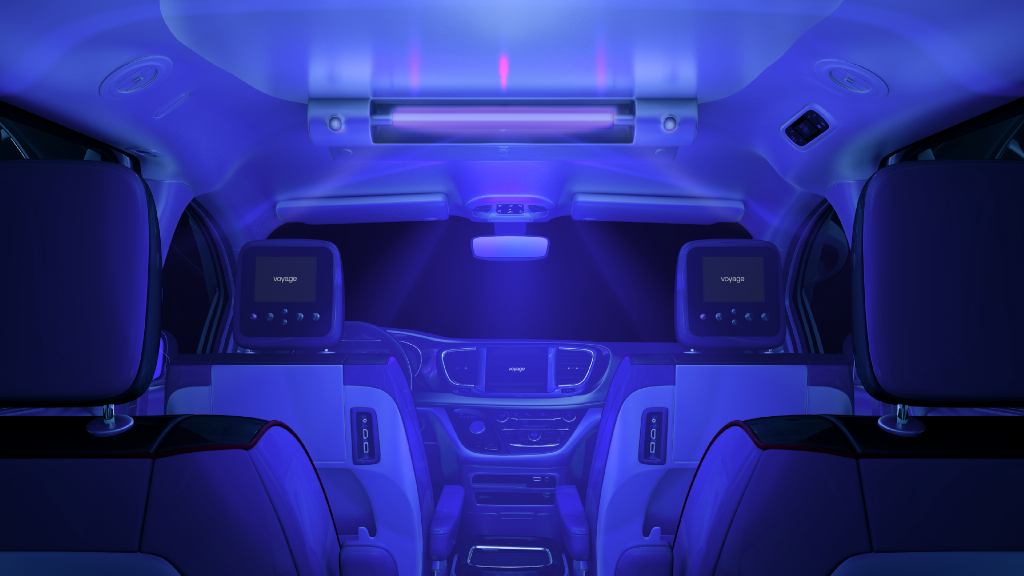A better, safer shared vehicle for a COVID-19 world
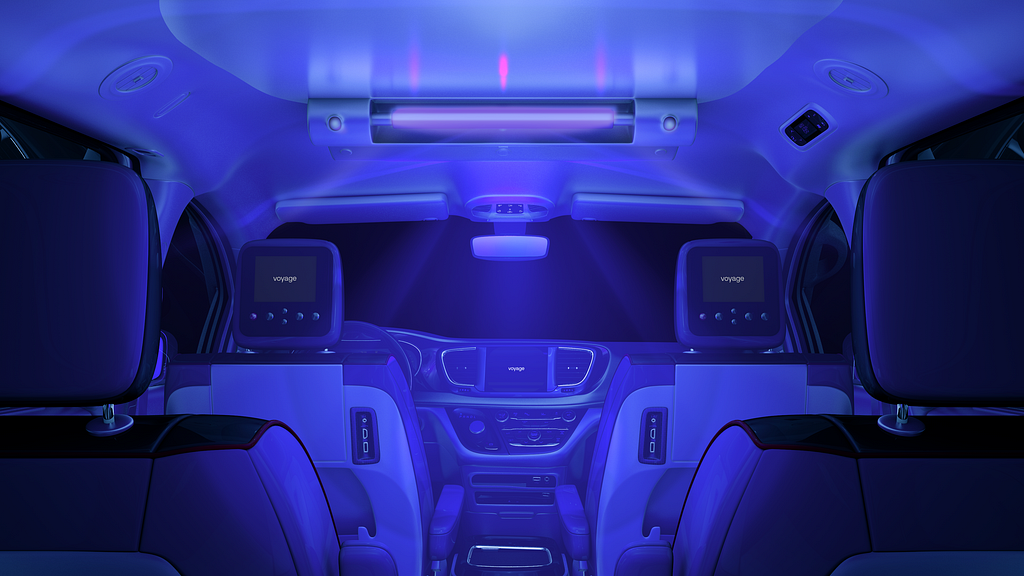
A Better, Safer Shared Vehicle
I’m beyond excited to announce the next step towards Voyage’s commitment to delivering on the promise of self-driving cars: The Voyage G3, our next-generation robotaxi. The G3 is half the cost of the G2, ready to thrive in a COVID-19 world, and most importantly, designed to drive without the need for anyone behind the wheel. Combined, these features make it an extremely compelling vehicle to serve our first customers: senior citizens.
Beta versions of the G3 are being tested on the road in San Jose today, with production vehicles and commercial driverless to follow next year. Read on to learn (much) more.
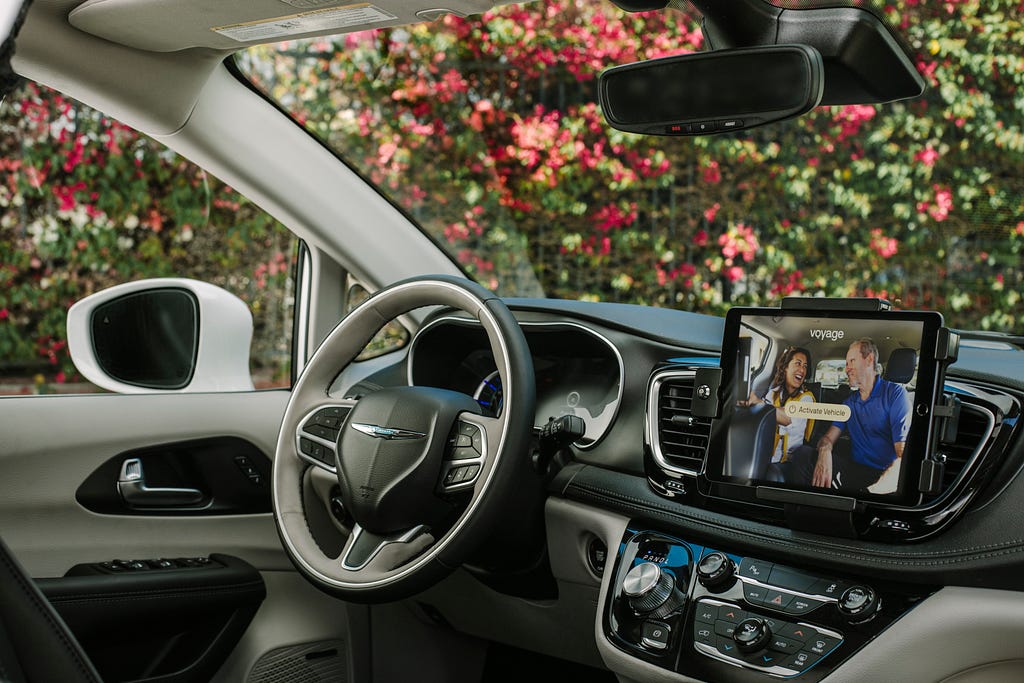
Driverless-Ready Technology at Every Level
The G3 is our first production-ready robotaxi, meaning it will not require a Safety Driver. Let’s walk through the core components of the G3 that make this possible:
- Intelligent and Safe Self-Driving A.I.
- A Driverless-Ready Vehicle Platform
- High-Performance, and Safety-Critical Compute
- Running on a Proven Real-Time Operating System
https://medium.com/media/aabdae652502cdd767acfe87788c7d33/href
Intelligent and Safe Self-Driving A.I.
The G3 features three deeply integrated, proprietary, and mature self-driving technologies.
- Commander — the brain of the G3— is capable of autonomous point-to-point driving within communities and towns. Commander is powered by our state-of-the-art perception, prediction, and behavioral modules — all running atop a safety-certified middleware and monitored by our self-diagnostic systems.
- Shield — our collision mitigation system — serves as a reliable backup system to bring the vehicle to a safe stop if necessary. Shield was designed from the ground up to be independent of Commander, powered by its own robust, automotive-grade hardware and mapless perception algorithms.
- Telessist — our novel remote operations solution — ensures each customer gets to their destination. Commander knows its limitations, and when faced with novel or chaotic traffic situations — such as new construction, emergency vehicles, or unpredictable crowds — has the capability to ask for assistance.
The powerful combination of Commander, Shield, and Telessist in the G3 provides the intelligence and safety necessary to deploy commercial robotaxi services.
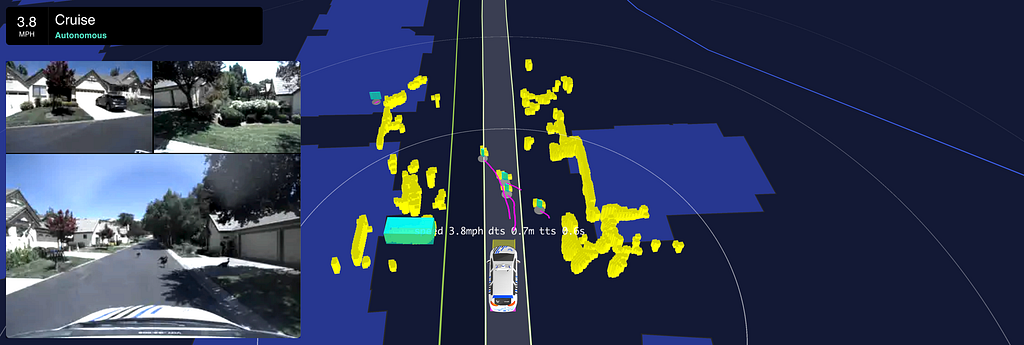
A Driverless-Ready Vehicle Platform
We teamed up with FCA to integrate Commander, Shield, and Telessist into a purpose-built Chrysler Pacifica Hybrid, developed specifically by FCA for the integration of automated technology.
Building a robotaxi requires a deep connection between software and hardware, and both pieces need to be considered in tandem. Our partnership connects Voyage’s self-driving technology with FCA’s expertise in building vehicles to launch truly driverless transportation services. As part of this collaboration, Voyage and FCA jointly adapt and validate the connections between the self-driving software, sensors, and embedded systems. Our partnership also delivers on AV-specific design requirements, such as safety-critical steering and braking systems, as well as fail-safe power systems to run the sensors and software.
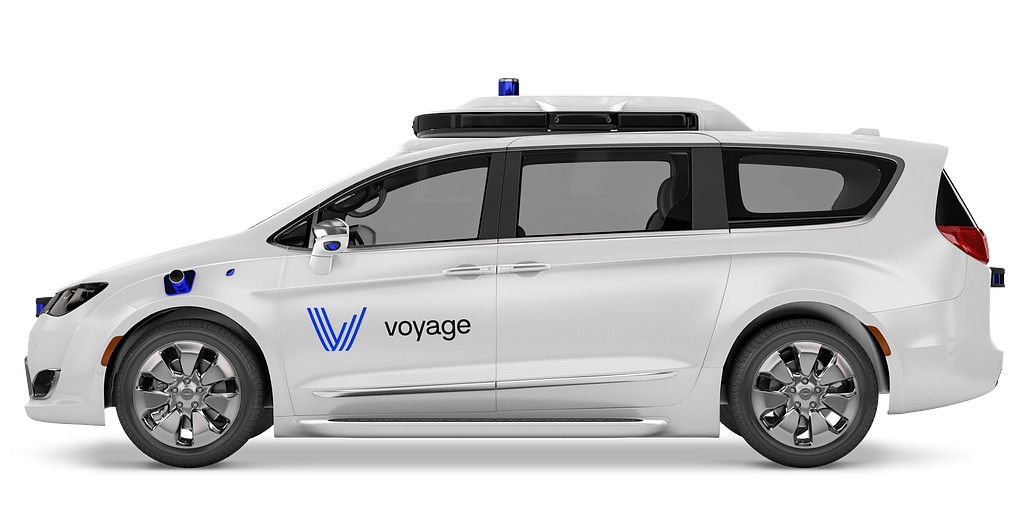
We also added extra features to the G3 to better serve our first customer: senior citizens. We installed two-way voice, extra steps to ensure mobility-challenged riders can safely get in and out of the vehicle, extra lighting to illuminate the cabin to improve visibility, and an intuitive in-cabin user interface that caters to vision-impaired riders.
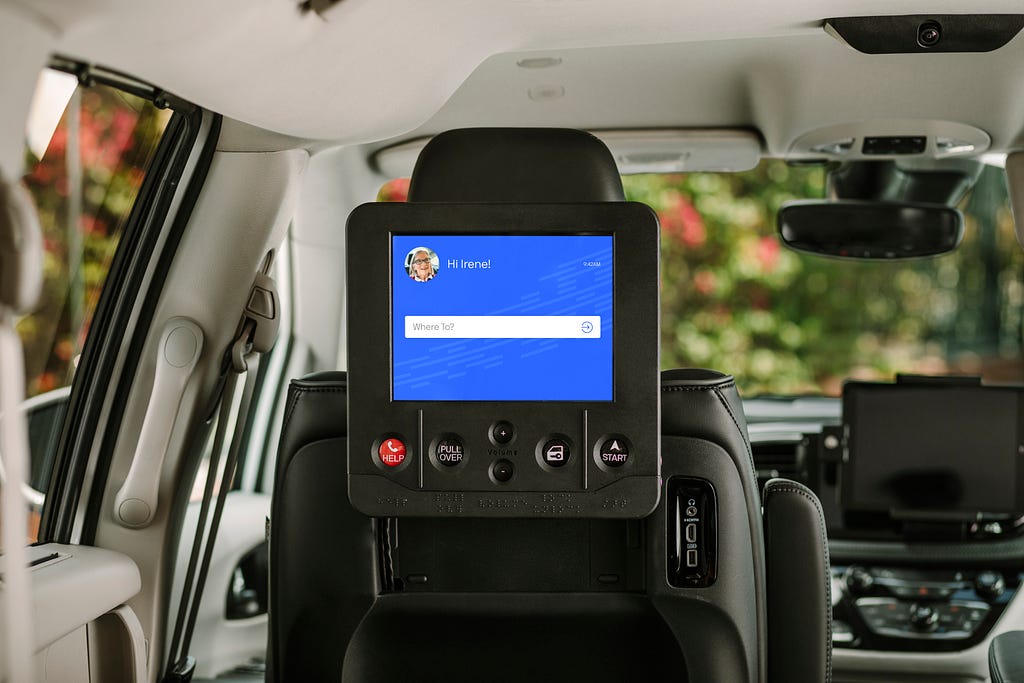
High-Performance and Safety-Critical Compute
We integrated our custom-built, high-performance compute solution into the G3, designed to meet the needs of a state-of-the-art self-driving car. The G3 Compute features incredible processing power, built-in redundancy, automotive-grade compute, all the while being able to operate gracefully under mechanical and thermal stress.
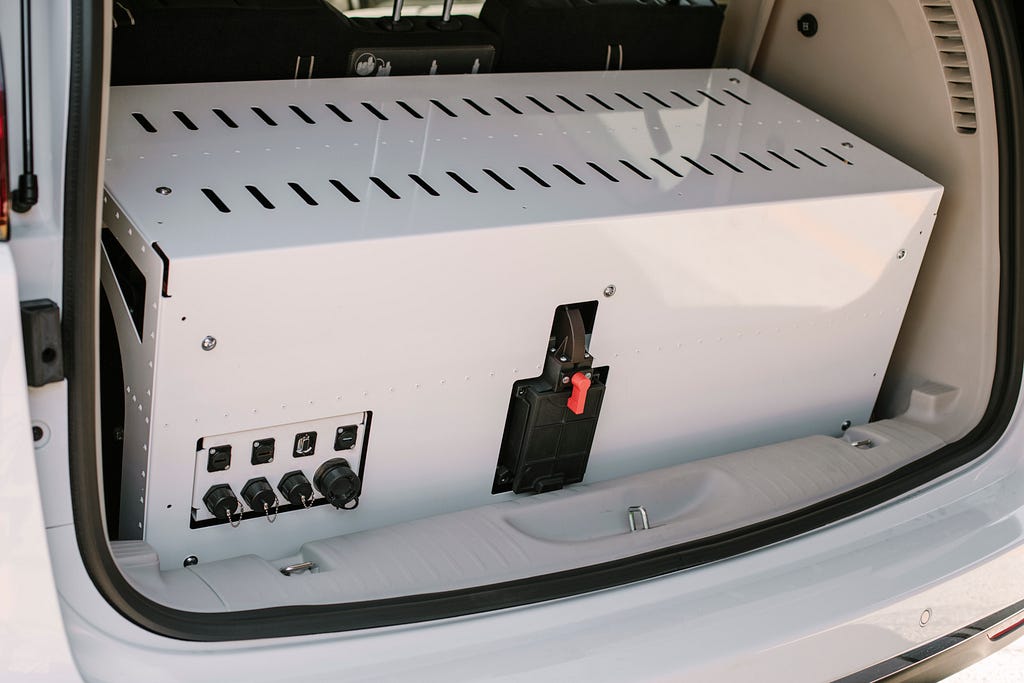
We deeply integrated the NVIDIA DRIVE AGX into the G3 Compute. Built on the NVIDIA DRIVE AGX Pegasus and housed in ruggedized aluminum, our onboard computers are automotive-grade and safety-certified — meaning they possess the necessary redundancies to support driverless operation. This compute is also whisper quiet, cooled directly by coolant lines connected to the vehicle.
The current generation DRIVE AGX platform uses the NVIDIA Xavier system-on-a-chip (SoC), which was recently determined by global safety agency TÜV SÜD to meet all applicable requirements of ISO 26262. Xavier contains 9 billion transistors to process vast amounts of data, as well as thousands of safety mechanisms to address random hardware failures. Inside the Xavier SoC, six types of processors—ISP (image signal processor), VPU (video processing unit), PVA (programmable vision accelerator), DLA (deep learning accelerator), CUDA GPU, and CPU—provide the compute necessary to run multiple diverse and redundant deep neural networks simultaneously for robust perception, prediction, and planning.
“The DRIVE AGX platform is architected for safety, and delivers the high-performance, automotive-grade compute necessary for Voyage’s G3 vehicles to operate autonomously.” — Danny Shapiro, NVIDIA’s Senior Director of Automotive
Running on a Proven Real-Time Operating System
Delivering a car that can safely drive itself requires each hardware and software layer to be architected to the highest safety standards, and the operating system is no exception. Crucially, the OS of the G3 is “real-time,” which means that our self-driving software can rely upon execution guarantees and never miss a beat. This is particularly important for safety-critical systems like Shield, our collision mitigation system.
“BlackBerry’s pedigree in safety, security, and continued innovation has led to its QNX technology being embedded in more than 175 million vehicles on the road today and we’re honored to see Voyage’s third generation of AVs powered by BlackBerry QNX software.” — Grant Courville, VP, Products and Strategy, BlackBerry QNX
For the G3, BlackBerry’s QNX® OS for Safety 2.0 was the clear choice. Based on BlackBerry’s secure QNX® Neutrino® real-time OS, QNX OS for Safety has been certified to ISO 26262 ASIL-D, the automotive industry’s highest functional safety level. Outside of automotive, QNX OS is widely used in life and safety-critical systems for medical devices, industrial controls, rail, robotics, and aerospace & defense.
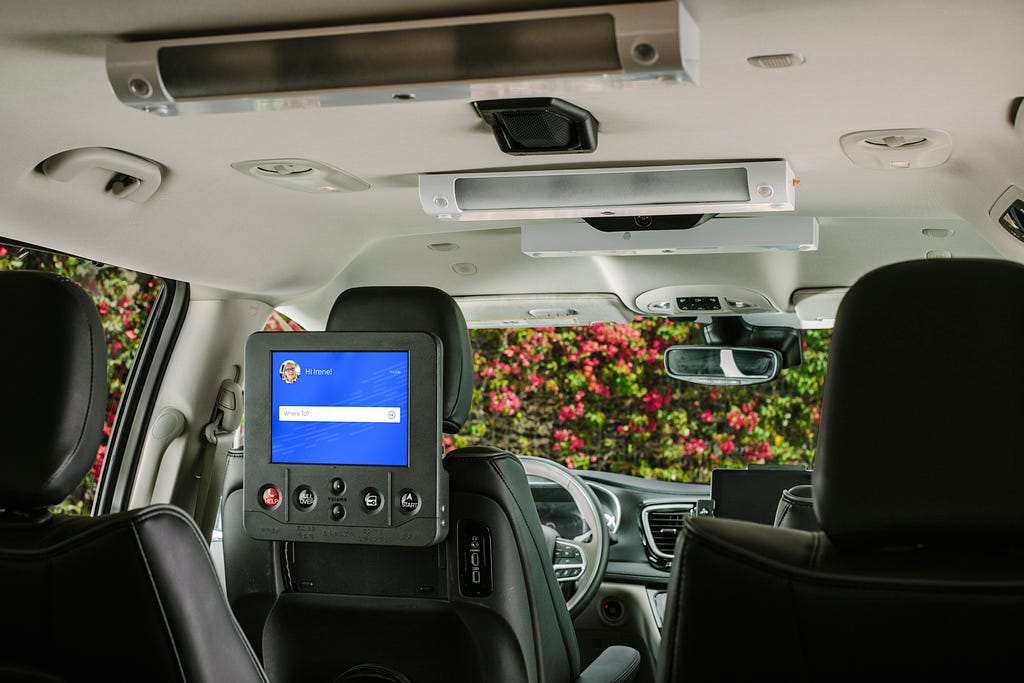
Designed for a COVID-19 World
The G3 is designed from the ground-up to be a safe, shared vehicle for passengers. COVID-19 has devastated ride-hailing businesses globally as human drivers pose an inherent transmission risk. For us, the pandemic challenged us to build a better-shared vehicle to keep our riders safe.

We partnered with GHSP, a leading global supplier of automotive systems, to create an ambulance-grade solution to automatically disinfect our vehicles after each ride. GHSP’s grēnlite solution uses ultraviolet-C (UV-C) light to destroy pathogens — such as viruses, fungus, and bacteria — inside the vehicle by inactivating the pathogen’s DNA and halting its reproductive cycle.
“Our partnership with Voyage to integrate grēnlite into their G3 vehicle is a game-changer. This cutting edge UV-C treatment technology helps create a safer environment for all passengers, especially senior citizens. We’re pleased that our grēnlite brand can help provide a safer environment and reduce the worry of travel and disease transmission within shared vehicles.” — Marc Smeyers, GHSP’s Chief Technology Officer
This technology has long been used in medical environments to sterilize ambulances and hospital rooms. It is proven to be up to 99.9% effective in eradicating pathogens, including human coronavirus and seasonal flu, in the air and on surfaces. In addition, our vehicles are fitted with HEPA-certified air filters as an extra safety measure to ensure the healthiest in-cabin air quality.
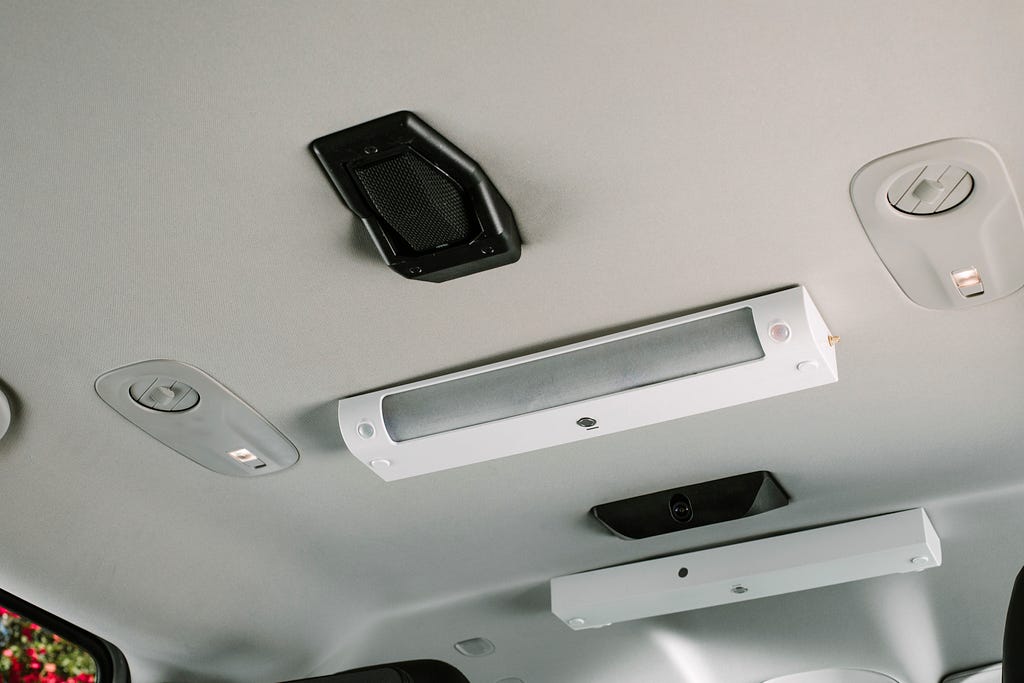
A Cost-Effective Robotaxi
A commercial robotaxi service must be affordable and profitable. The G3 vehicle is designed to be not only safe but also cost-effective and ready for commercialization.
Our G3 development prioritized not only performance and safety but also cost and scalability. We rigorously evaluated suppliers and components to drive down costs and deliver a vehicle at 50% the prior generation’s cost. By selecting best-of-breed components and scaling our purchases, we reduced our sensor and compute costs by 65% and 25% relative to the G2. In addition, we partnered with a domestic manufacturer to dramatically decrease our vehicle assembly costs and scale our production capacity.
The G3 represents a major milestone for Voyage, putting us on the path to delivering profitable robotaxi services. We expect to continue reducing our vehicle costs in future generations as the self-driving industry migrates down the cost curve.
https://medium.com/media/72b5dfddc83f99eeab944149ec0a5156/href
A Safe, Affordable Robotaxi for Seniors
We keep customers at the core of everything we do. It’s what makes Voyage special. And for us, that means we focus on building the best transportation service in the world for seniors, the perfect first customers for robotaxis.
The 40M U.S. seniors move frequently—taking 153 million trips a day—but struggle the most with transportation. 600,000 U.S. seniors give up driving each year, 17% of seniors don’t have a driver’s license, and 35% of seniors have at least one disability that makes driving challenging. If a senior cannot drive, data shows faster declines in physical health and 2x the risk of depression. For seniors who can drive, 74% have cut back on their driving, and they are 17x likelier to be in a fatal accident. What’s more, seniors are the fastest-growing demographic, growing by a third in the last decade and projected to account for 20% of the population by 2030.
Today, the U.S. is not ready to support the transport needs of the rapidly growing senior population. This is where Voyage comes in. Seniors need a safe and affordable robotaxi service, and the G3 is a big step towards delivering that.
Want to work on the G3 at Voyage? Join our fast-growing team!
Introducing the Voyage G3 Robotaxi was originally published in Voyage on Medium, where people are continuing the conversation by highlighting and responding to this story.
